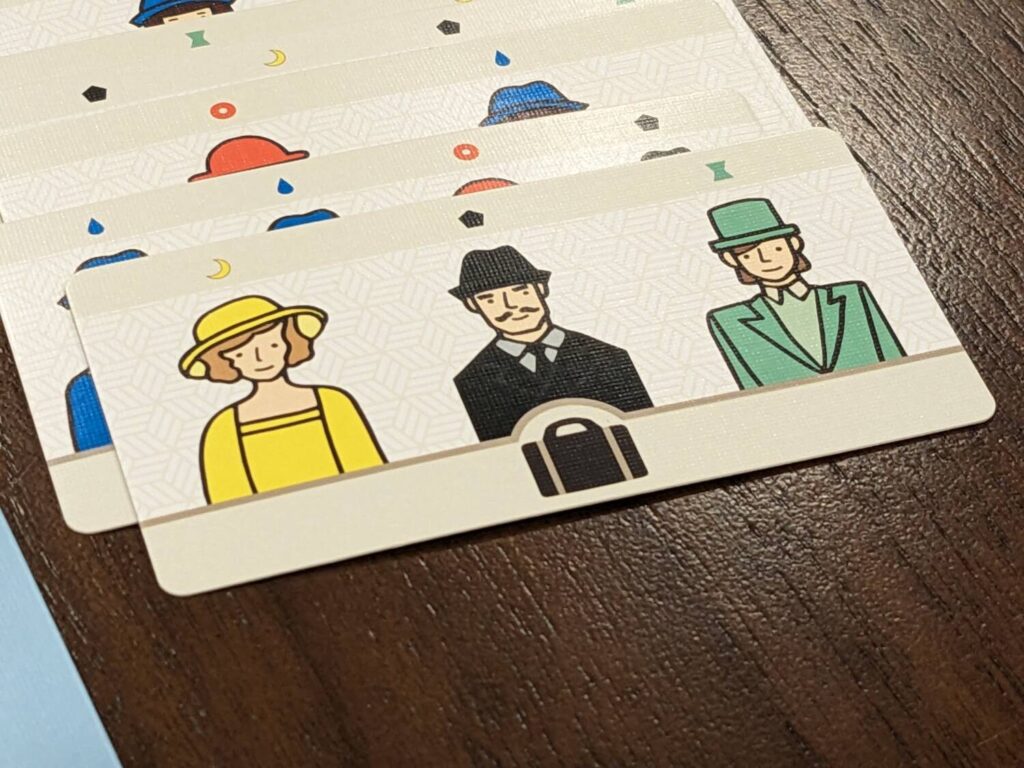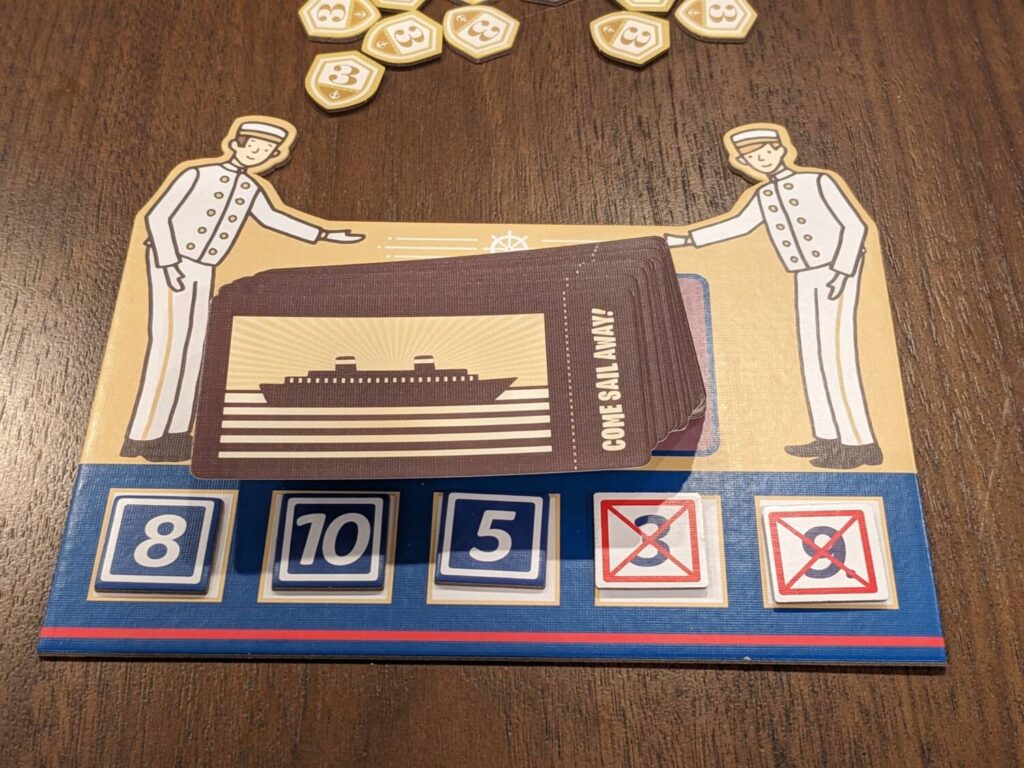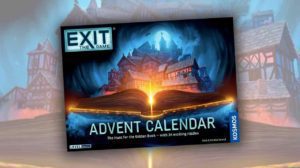Disclosure: Meeple Mountain received a free copy of this product in exchange for an honest, unbiased review. This review is not intended to be an endorsement.
The Saashi & Saashi release Come Sail Away! (2023, distributed by Asmodee in the US) recently arrived at my home and I quickly sped it to the table. Designed by Saashi (yes, Saashi is the complete name of the designer) and Daryl Chow (many titles, such as Reef Rescue and Alphabeasts Attack!), Come Sail Away! has the look and feel of other Saashi & Saashi titles that I have both played and admired from afar.
That’s because the artwork is once again provided by Takako Takarai, the distinctive illustrator who doubles as Saashi’s wife. Takarai’s style is unmistakable and adds a lot of depth to a game that might otherwise come off as a standard-issue roll-and-write-adjacent multiplayer solitaire game.
After getting in a handful of plays across two days, Come Sail Away! became an interesting case study. It’s delightful and transient all at once.

MancalAway
Come Sail Away! is a 1-4 player mancala game. It gives off the vibe of a roll-and-write, where players try to score the most points by collecting a handful of passengers and dropping them off in different rooms of a cruise ship across 12 turns, while mostly not talking. The puzzle comes in as players try to match the right colors of the five different passenger types to the appropriate room tiles, all while trying to advance up a luggage track that awards additional points and bonuses.
The mancala mechanic here is the fun part. Collecting 2-4 passengers matching the colors on a drawn card (from a selection pool of two hand cards), players spend their turn deciding where to start dropping passengers off while navigating a ship made up of 11 tiles. A player can start anywhere, then must adhere to a couple of simple rules—once beginning to place meeples in different orthogonally-adjacent rooms, players have to drop off passengers in unique rooms and the passengers must meet the requirements of each tile. Anyone who doesn’t fit gets placed onto that player’s “Disgruntled Passengers” tile, which will net negative points for each meeple at the end of the game.
There’s a little more to Come Sail Away!, but not much. The turns are fast and they are solitary. “This is a multiplayer solitaire game, right?” asked one player before we sat down for my only multiplayer play of this title.
“Yes,” I replied. “But I still wanted to see what others thought about the game, while we sit here quietly working on our own puzzles.”
There’s just a tad of interaction with multiplayer; on each turn, a player plays one of their two cards, then passes the other to the player on their left. Not once during that game did I look at the two cards and think “man, I have GOT to find a way to hose my buddy Gideon with this passed card.” In fact, you don’t have much time or many choices, so you are always going to pick the card that is best for you, regardless of what it does or does not do for your neighbor.
And I like that. It keeps the game moving and keeps the focus on what matters: how do I move these two pink and one yellow passengers to the right rooms before the game is over?

Let’s Sail Away, Ideally for Just a Weekend
Come Sail Away! becomes a high score challenge by the end of its 12 rounds…for better and for worse.
The one weakness I find in games that feature a high score chart for solo play at the back of a rulebook: once you consistently achieve the top-level score, there may be little reason to “come sail away” over and over again. (You see what I did there. And look, I’m a dad, so “dad jokes” are what I do best.)
By my second game, I was in the second-highest score tier. In our multiplayer game, one player surpassed 80 points, which is the top-level scoring tier for solo. Since the game is exactly the same whether it is played solo or with other players (save for a public milestone system that is a timed race in the solo mode), Come Sail Away! feels like it is solvable. Also, the guy that scored 87 points in that multiplayer game only got one of the five milestone tiles, similar to what I achieved during my solo plays, so those three points didn’t affect his ability to cross the 80-point threshold.

That left Come Sail Away! in a good spot, but one that will also serve as its final resting place. It’s a fun, beautiful puzzle that plays in about 20 minutes. It’s easy to teach and appropriate for families, so like Daryl Chow’s other designs (and some of Saashi’s), Come Sail Away! is a nice fit for my two kids, ages 8 and 11. The decisions are interesting and the puzzle is slightly different each time out, thanks to the variable set up of where each tile goes within the ship layout.
But after three plays, I’m not that interested in returning to the puzzle. One player described the game as fun, “the kind of game I would play a lot solo for a few days” before putting it on the shelf and never seeing it again. I tend to agree; Come Sail Away! is a fun challenge but not something I will see on my table for 20 plays.
While the high score chart might be limiting, it did draw me back in to see if I could score 80 points a couple more times. That’s gotta count for something, and that elevates Come Sail Away! from a standard-issue product to something a bit more special (and Takarai’s artwork has to count for something here). I highly recommend Come Sail Away! for solo players and/or players who adore the Saashi & Saashi collection. As a fan of Photograph (also known as Wind the Film!) and Let’s Make a Bus Route (also known as Get on Board), I will continue to follow the catalog to see what’s coming next!












